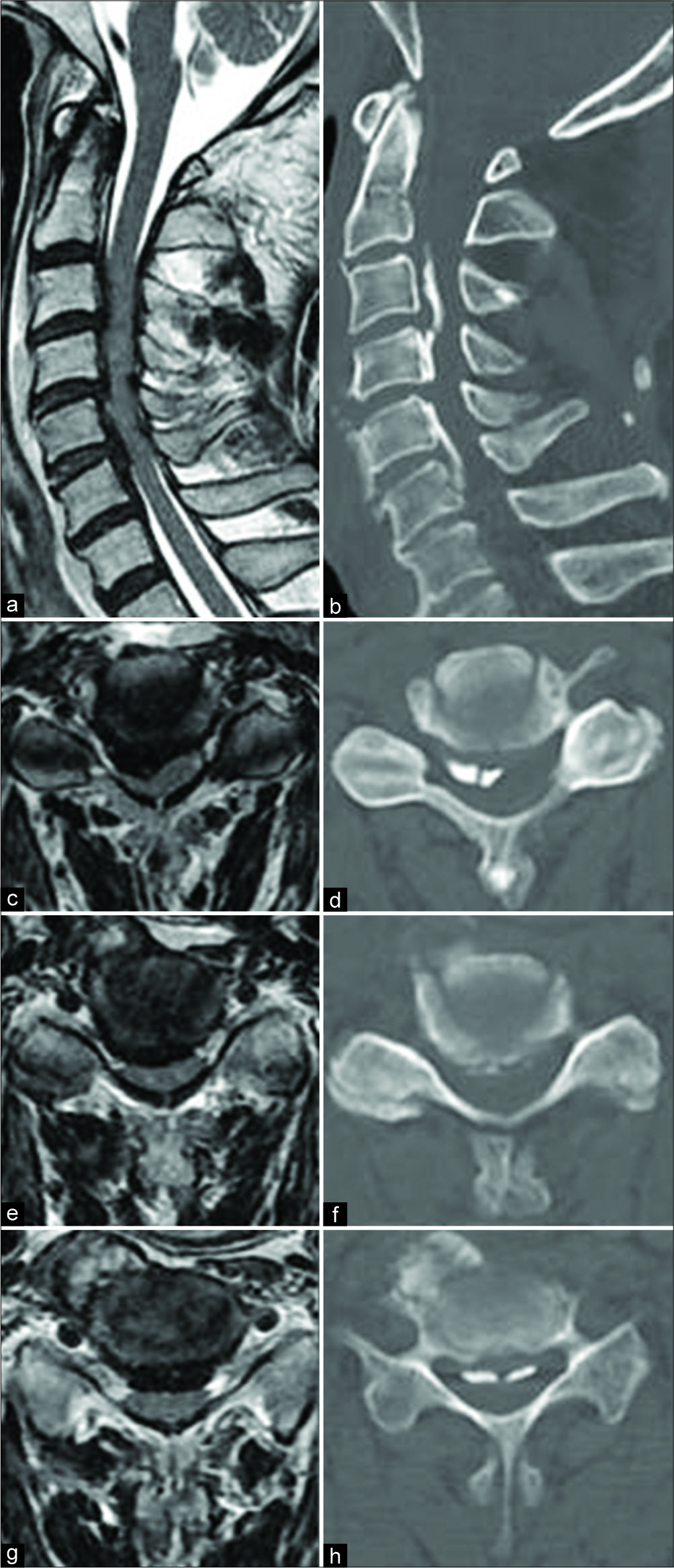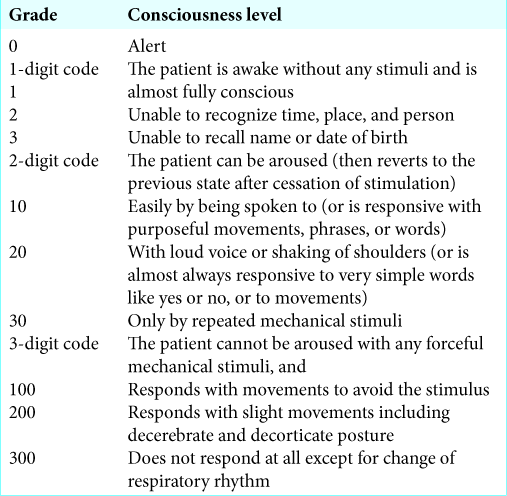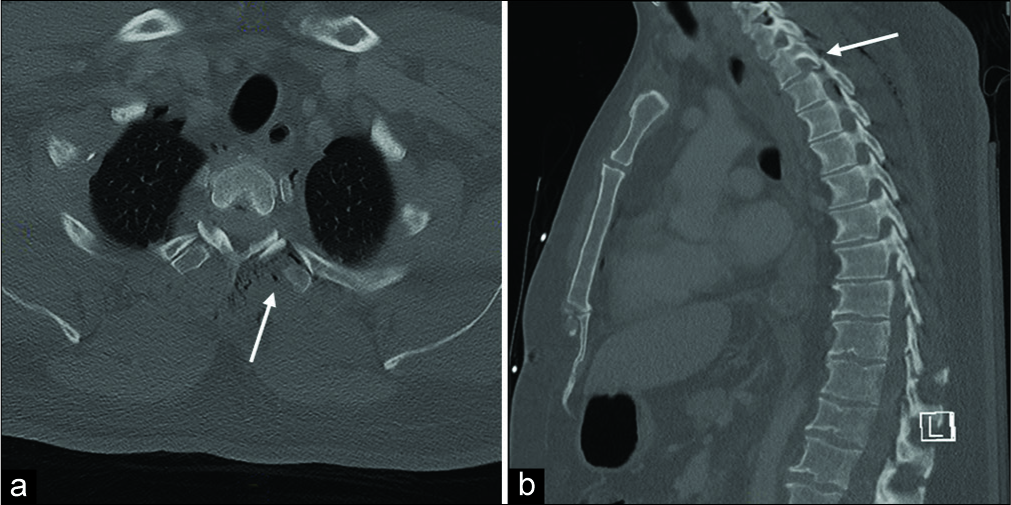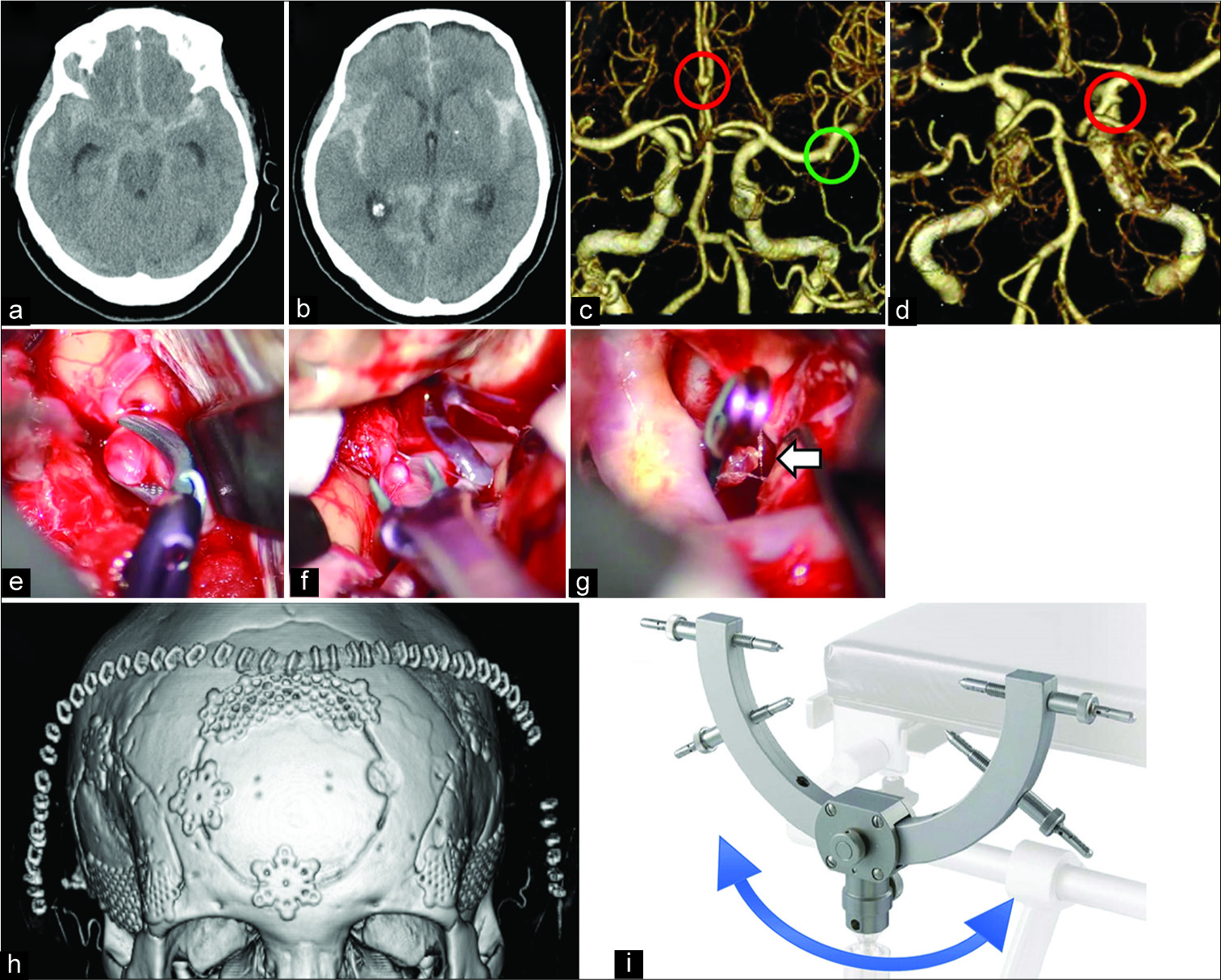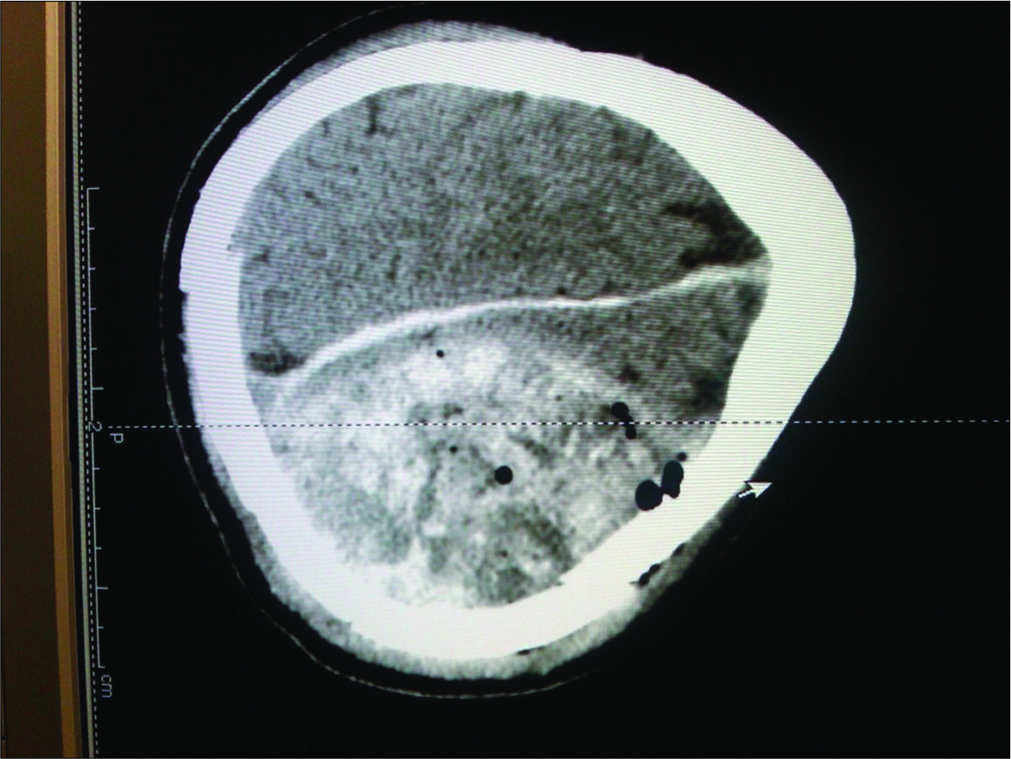Epidemiology and determinant factors of neural tube defect: Narrative review
Date of publication: 25-Apr-2020
Background: The epidemiology of neural tube defect (NTD) is face ignorance from the global community. However, the problem is complex and it is a cause for child mortality and morbidity. We provide the latest insights with respect to determinant factors of NTD.
Integrative treatment of paralytic small intestine following acute cervical cord injury: A case report
Date of publication: 25-Apr-2020
Background: A patient developed paralysis of the small intestine following an acute traumatic hyperextension cervical spinal cord injury attributed to the ossification of the posterior longitudinal ligament (OPLL) C3–C6. The persistent ileus finally resolved utilizing Kampo medications (traditional Chinese therapy) consisting of both bukuryoin (TJ-69) and hangekobokuto (TJ-16).
Interval between endoscopic surgery and decreased intracranial pressure related to putaminal hemorrhage prognosis
Date of publication: 25-Apr-2020
Background: Endoscopic evacuation of a putaminal hemorrhage is effective and minimally invasive; however, it may not result in sufficient brain decompression. While monitoring postoperative intracranial pressure (ICP) is likely useful, specific ICP data in patients with a putaminal hemorrhage are limited. The aim of this study was to determine the association between postoperative ICP and the prognosis of patients with putaminal hemorrhage after endoscopic surgery.
Traumatic unilateral jumped facet joint in the upper thoracic spine: Case presentation and literature review
Date of publication: 25-Apr-2020
Background: A jumped facet joint is defined by when the inferior articular process of the superior vertebra becomes locked anterior to the superior articular process of the inferior vertebra. These typically traumatic lesions are exceedingly rare in the thoracic spine. Here, we present a patient with a unilateral jumped facet joint in the upper thoracic spine treated with open reduction and an instrumented fusion.
Single-stage clipping with bifrontal and bilateral frontotemporal craniotomies for subarachnoid hemorrhage with multiple cerebral aneurysms using Sugita head holding system: A case report
Date of publication: 25-Apr-2020
Background: Subarachnoid hemorrhage with multiple aneurysms is very challenging because it is difficult to identify the ruptured aneurysm. We could not identify the ruptured aneurysm preoperatively, so we decided to treat all of the aneurysms as a single-stage surgery.
Even with COVID-19 neurosurgeons should still perform necessary urgent/emergent neurosurgery to avoid major permanent neurological deficits
Date of publication: 25-Apr-2020
Recent decline in the use of invasive neurocritical care monitoring for traumatic brain injury: A case report
Date of publication: 25-Apr-2020
Background: In this article, we discuss the dramatic decline in the utilization of invasive cranial monitoring of patients with traumatic brain injury (TBI).
Ventriculoperitoneal shunt placement with ultrasound guidance and laparoscopic assistance: 2-dimensional instructional video
Date of publication: 25-Apr-2020
Background: Postoperative communicating hydrocephalus has been described in the literature commonly associated with treatment of ruptured intracranial aneurysms; however, it is also reported to occur following other intracranial interventions such as meningioma resection and decompressive hemicraniectomy. In 2011, Burkhardt et al. reported the incidence of postoperative hydrocephalus following skull base meningioma resection was twice as high as resection of meningiomas in other regions.[
Endoscopic transsphenoidal resection of a recurrent petrous apex cholesterol granuloma: Operative video
Date of publication: 25-Apr-2020
Background: Cholesterol granulomas (GC) of the petrous apex are benign cystic lesions that occur due to a foreign body reaction to blood by-products and cholesterol crystals. They cause erosion and expansion of the petrous apex and lead to cranial nerve deficits.


